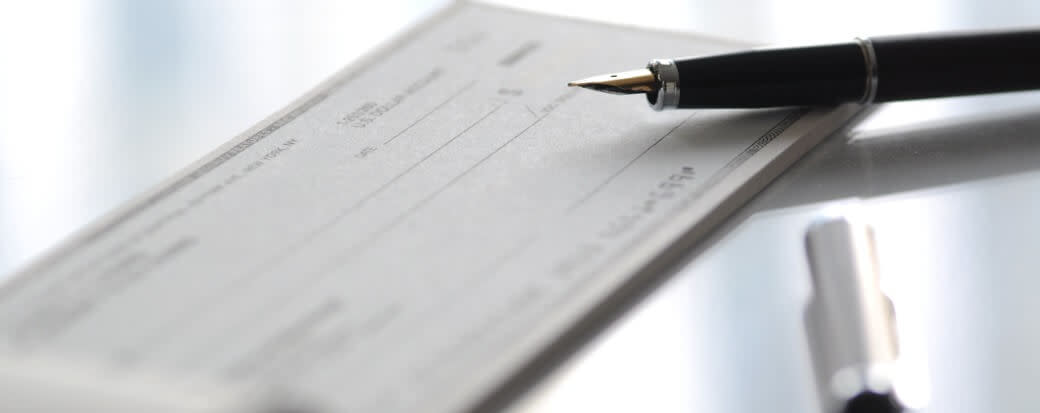Do People Still Use Checks?

Share this article:
Editor’s note: Lantern by SoFi seeks to provide content that is objective, independent, and accurate. Writers are separate from our business operation and do not receive direct compensation from advertisers or network providers. Read more about our Editorial Guidelines and How We Make Money.
The Persistence of Check Usage
Overview of Check Usage in the Digital Age
Statistics and Trends Indicating That Checks Are Still in Use
Examination of the Reasons Why People Still Use Checks
Familiarity and habit. Many individuals, particularly older generations, are accustomed to using checks as a traditional form of payment. They may feel more comfortable and confident with a payment method they have used for years. Many older consumers simply don’t have access to the technology or the understanding of it to make payments online or by using smartphones (which they may not even have). Preferred payment method for specific transactions. How consumers make payments isn’t always up to them. Some businesses and individuals prefer checks for certain types of transactions. For example, landlords often request apartment rent payments by check, as it provides a paper trail and can be easily recorded for accounting purposes. Convenience in certain situations. Checks can be convenient in situations where other payment methods are not readily available or feasible, such as when buying a car or real estate. Trust and security factors. Checks offer a physical form of payment, which can feel more secure than electronic transactions.
Exploring the Purpose of Checks
Personal transactions and payments. Checks are often used for personal transactions, such as repaying loans between friends or family members, splitting bills, or making purchases from individuals who may not accept electronic payments. In these situations, checks offer a tangible way to transfer money securely. Business transactions. Checks play a significant role in business transactions. They are used for making payments to suppliers, vendors, or contractors who may prefer or require payment by check. Checks provide a paper trail for accounting purposes, making it easier to track expenses and reconcile financial records. Paying bills. Many individuals still rely on checks to pay bills, such as rent, utilities, or other recurring expenses. Writing a check allows individuals to have control over the timing of their payments and serves as proof of payment in case of any discrepancies.
Factors Influencing Check Usage
Digital Alternatives and Their Impact on Check Usage
Why Using Checks to Pay Bills Is Less Popular
Emergence of online banking and bill payment systems Convenience and speed of electronic payments Desire to avoid potential drawbacks and limitations of using checks
Comparison of Check Usage Among Different Demographic Groups
The Takeaway
Frequently Asked Questions
Photo credit: iStock/payphoto
LNTBNK-Q225-026
About the Author
Jacqueline DeMarco is a personal finance writer and editor based in Southern California. While she spends the bulk of her time writing about complex financial issues, she also tackles a variety of subjects ranging from food to fashion to travel. Her work can be found across dozens of publications such as Credit Karma, LendingTree, Northwestern Mutual, The Everygirl, and Apartment Therapy.
Share this article: